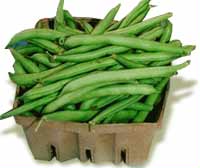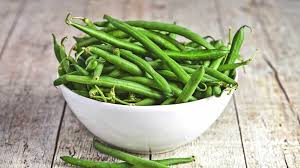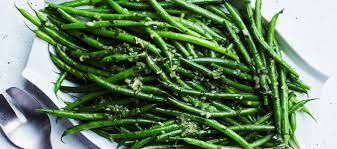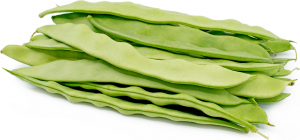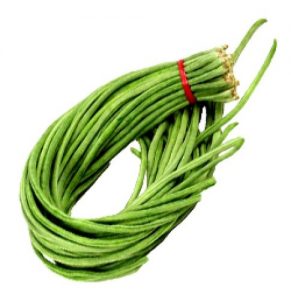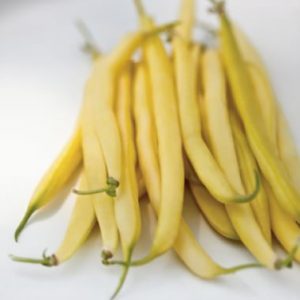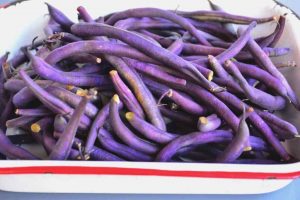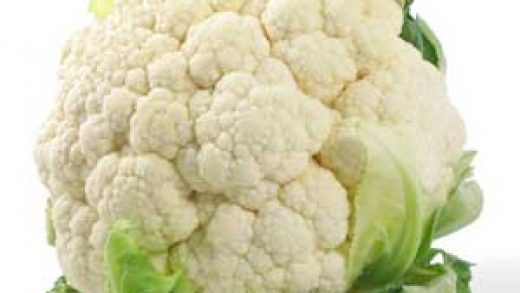You call them green beans, one of the most popular vegetable side dishes. They are also called string beans, French beans or snap beans. They are the immature seed pods of the common bean plant and have been cultivated into many different varieties over thousands of years. But all of them can be used, cooked and stored in the same way.
These beans originated in Peru and in Central America. They spread to Europe when Columbus brought beans back from the New World. Similar beans were already grown in Europe and the Middle East, but green beans caught on quickly in the Mediterranean region. Green beans are now grown and eaten around the world.
There are two basic types of green beans, climbing pole beans and bush or dwarf beans, both describing their growing behavior. From there, many different varieties have affected the size and color of the beans. For example, wax beans are yellow green beans. Many common varieties come in both pole and bush types.
Common Green Bean Types
For the most part, different varieties of green beans are interchangeable in your cooking. However, you will have to adjust cooking times for different sizes and shapes. The standard green bean, the type most grown in home gardens, is often the bush type, producing a large cluster of beans underneath the leaves. Picked before they are ripe, these so-called pod beans are good for long-cooking applications like stews and soups, or that perennial favorite, the Green Bean Casserole. These are the same type of beans found in cans. They are also good for pickling.
French Green Beans, Haricots Verts or Filet Beans
This variety tends to be smaller and more tender than the standard green bean. It cooks much quicker and the seeds are so small they are difficult to see. Because they are so tender, they are generally considered the best you can buy. These are excellent for sautéing or blanching.
Italian Green Beans, Romanos or Flat Beans
These beans are wide and flat with a taste similar to a sugar snap pea pod. They can be eaten raw or cooked and can stand up to long-term cooking methods. These are rarely in the supermarket produce aisle, but you can usually find them all summer in farmers’ markets.
Yard-long Beans, Long Beans or Asparagus Beans
These look just like regular green beans, except they are much, much longer, up to 18-inches. But the longer they are, usually the tougher they are. Long beans are native to China and are best suited to stir-frying and sauteing. They become waterlogged when boiled or steamed.
Wax Beans
As mentioned earlier, these are green beans bred to not have any chlorophyll. That gives them a yellow color to both the pod and the beans inside. These are cooked the same way you would use regular green beans. These are often found in that family reunion standard, the three-bean salad.
Purple Green Beans And Antioxidants
Green beans are a good source of many vitamins and minerals. They also contain a lot of important antioxidants. But some have been bred to showcase a different antioxidant, one found in other purple vegetables. However, the inside of the bean is still green. The outer color fades when cooked so these are best eaten raw or lightly steamed.
Cowpeas
These you might not see very often whole in the pod, as it is used mostly for animal forage. Cowpeas are usually shelled. We usually see these dried or canned and called black eyed peas. These look like long green beans but are usually thinner with tougher pods in a brown or tan color. When they are immature, they can be eaten like other green beans. They are native to Africa.
